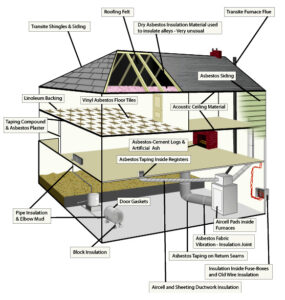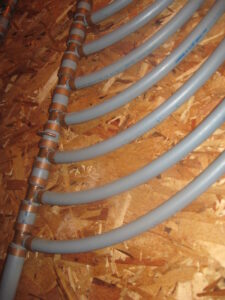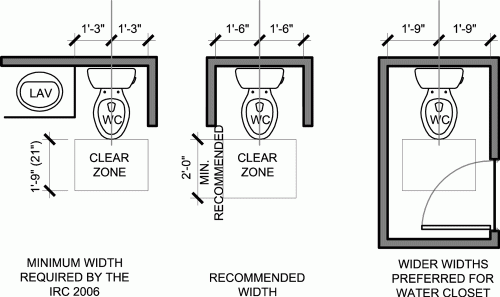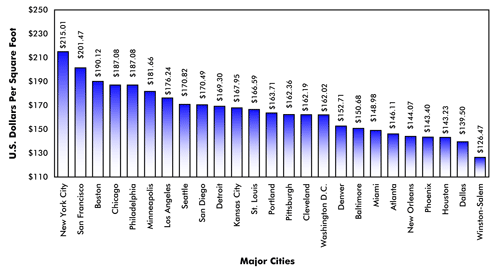Mycelium Bricks: The Future of Sustainable Building Materials
Mycelium bricks are gaining attention as an innovative, sustainable alternative to traditional building materials. They are lightweight, strong, biodegradable, and low-cost to produce. As the construction industry seeks greener options, mycelium offers a promising path forward.
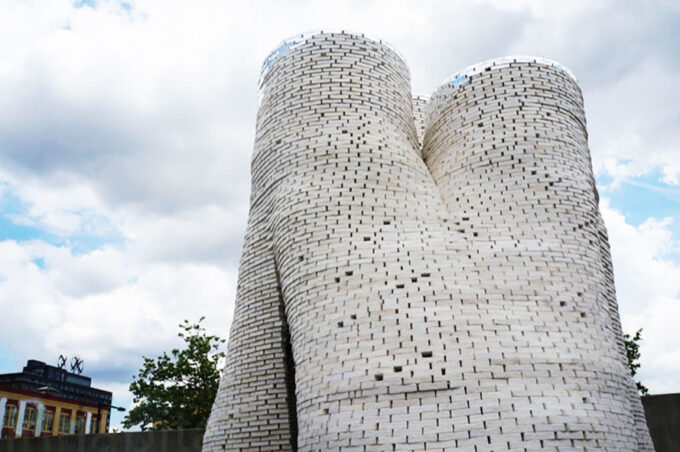
What Is Mycelium?
Mycelium is the root-like structure of fungi. It consists of a vast network of thread-like cells called hyphae. These networks grow underground or within organic material, breaking down waste and binding particles together.
In nature, mycelium decomposes dead matter and supports healthy soil ecosystems. Scientists discovered it can also be used as a natural glue to form solid shapes, including bricks.
Learn more:
Mycological Society of America – What is Mycelium?
How Mycelium Bricks Are Made
To make a mycelium brick, manufacturers grow mycelium in molds filled with agricultural waste like straw, sawdust, or husks. The mycelium digests the organic material and binds it into a solid mass.
Once the brick reaches the desired size and strength, it is dried to halt growth. This stops the fungal activity and preserves the shape. The final product is lightweight, strong, and fully compostable.
Development Over Time
Mycelium as a material emerged in the early 2000s. Companies like Ecovative Design pioneered commercial applications, including packaging, insulation, and furniture. Architects and engineers have since explored structural uses.
In 2014, The Living built Hy-Fi, a mycelium brick tower at MoMA PS1 in New York. This project showcased the material’s design potential and prompted further research.
More on Hy-Fi:
MoMA PS1 – Hy-Fi Installation
Practical Uses in Construction
Mycelium bricks can serve several purposes in building design:
-
Interior walls
-
Insulation panels
-
Temporary pavilions
-
Acoustic dampening surfaces
-
Decorative panels and finishes
These bricks offer fire resistance, mold resistance, and thermal insulation properties. They emit no toxins and sequester carbon during growth. This makes them ideal for net-zero or regenerative buildings.
Innovations and Future Potential
Research continues to improve mycelium’s structural performance. Some labs are combining it with other biomaterials to increase load-bearing capacity.
3D printing techniques may also allow more complex shapes and faster fabrication. Designers hope to scale mycelium products for mass-market applications in modular and prefab construction.
Scientists are even exploring genetically modified strains for greater strength or water resistance.
Challenges and Limitations
Despite the benefits, mycelium bricks face challenges:
-
Durability: Mycelium does not match concrete or steel in structural strength.
-
Water sensitivity: Without proper sealing, mycelium may absorb moisture.
-
Code compliance: Current building codes rarely include standards for fungal-based materials.
-
Scalability: Large-scale production remains a hurdle for widespread use.
Still, many see these as solvable problems. Continued investment in research, manufacturing, and regulatory frameworks will help mycelium reach its full potential.
EVstudio and Innovative Materials
At EVstudio, we track emerging materials that promote sustainable and regenerative design. We collaborate with clients who want to explore alternatives to conventional building products. Our unique multidisciplinary approach integrates Architecture and Engineering to provide cross-functional solutions.
Our design teams integrate material research into construction documents and project development. We work with code officials and suppliers to ensure that innovation aligns with performance and compliance.
Conclusion
Mycelium bricks represent a revolutionary step toward eco-friendly construction. They reduce waste, sequester carbon, and support circular building practices.
While they may not replace structural concrete yet, their applications in insulation, interiors, and temporary structures are already viable. With ongoing development, mycelium could help reshape the future of architecture.



